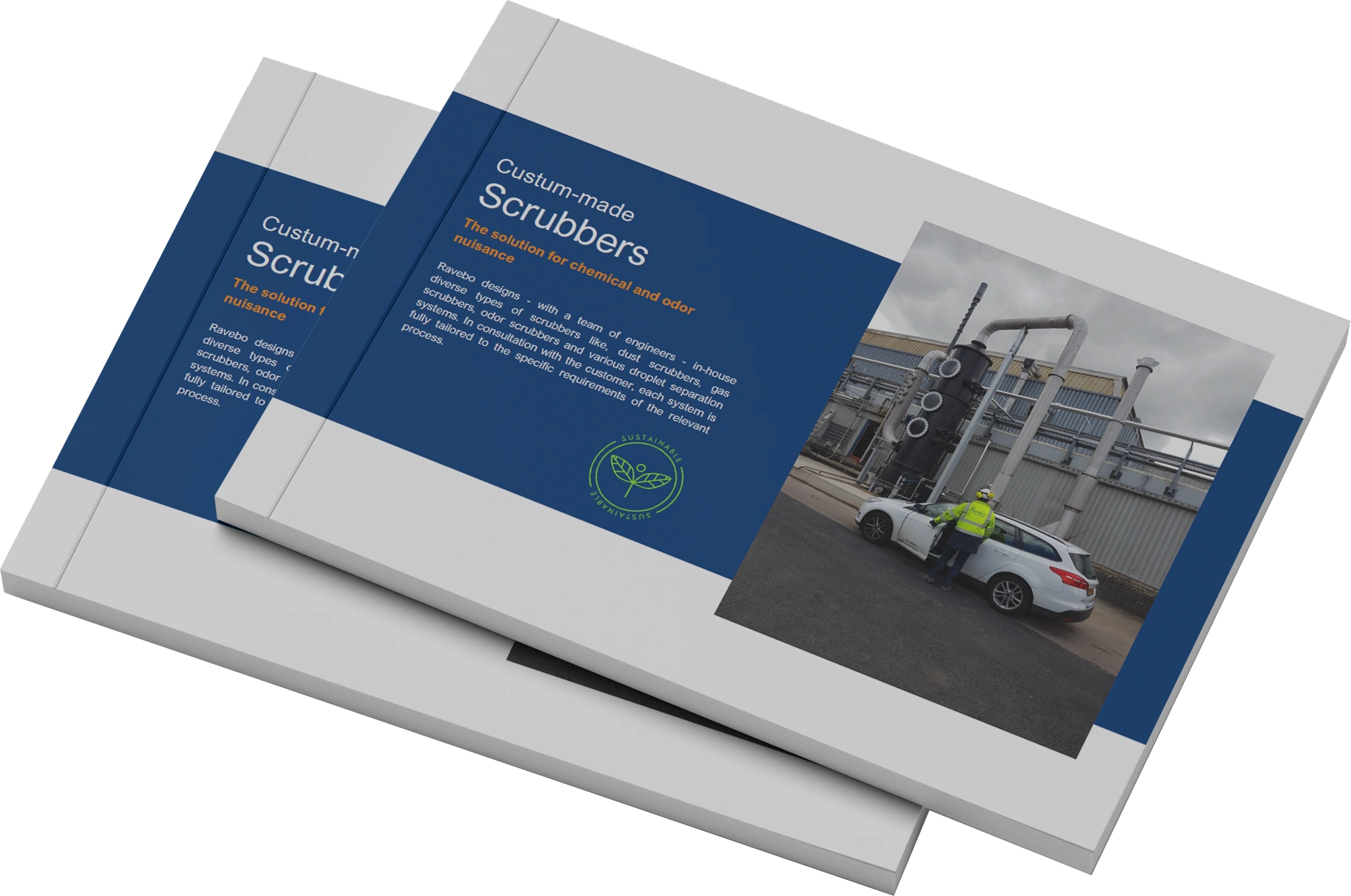
Addressing Particulate Matter in Mineral Processing!
Optimizing Production to Reduce Environmental Impact
Customised advise from one of our specialists.
Fill in the form below and we will contact you as soon as possible.

Enhancing Environmental Standards in Mineral Processing
Countering Fine Dust Emissions in Production

The reduction of particulate matter is a hot item in environmental policy worldwide. The countermeasures taken include setting up improved production processes and the installation of gas cleaning systems at emission points.
One of the industries that is intensively optimizing its production plants is mineral processing. Minerals are widely used in many different industries. Minerals, however, generate fine dust, for example, during divergent kinds of production processes or filling into (big) bags or trucks. The dust from the minerals contains very fine particulates, which, in some cases, can create a potential hazard.
Understanding Minerals: Composition, Types, and Significance
The Diversity and Importance of Minerals in Nature
A mineral is a freely occurring element or inorganic compound with a certain chemical composition and its own unique crystal structure. Minerals include many different solids, ranging from pure elements and simple salts to complex silicates that can exist in virtually infinite forms. Many minerals are composed of a solid solution and have a variable composition.
There are multiple types of minerals, but only a small fraction occurs in nature and can form one or more components of rocks or stones. The most common type of mineral on Earth is silicate, which can come in many varieties, including different gemstones. In general, minerals are relatively rare and often have important applications. Some minerals have a practical use or economic value and are extracted from the ground as ore or minerals.
The mineral products' industry provides essential raw materials for the building industry, the food industry, the pharmaceutical industry, and even manufacturers of renewable energy products. The minerals are used to make cement, additives for food and medicine, batteries and much more. The planning and permitting processes that control mineral and particulate emissions consider the potential effects on the environment. Where necessary, measures like gas cleaning systems are taken to ensure emissions remain within acceptable limits. One of the concerns that may be raised is the potential effects on air quality that may arise from finer airborne particulates created by the processing operations that may travel beyond the boundary of a site. This page outlines the types and potential sources of dust and any impacts. With the necessary reduction methods and in-situ control measures, the impact of dust emissions could be negligible.
The mineral products' industry provides essential raw materials for the building industry, the food industry, the pharmaceutical industry, and even manufacturers of renewable energy products. The minerals are used to make cement, additives for food and medicine, batteries and much more. The planning and permitting processes that control mineral and particulate emissions consider the potential effects on the environment. Where necessary, measures like gas cleaning systems are taken to ensure emissions remain within acceptable limits. One of the concerns that may be raised is the potential effects on air quality that may arise from finer airborne particulates created by the processing operations that may travel beyond the boundary of a site. This page outlines the types and potential sources of dust and any impacts. With the necessary reduction methods and in-situ control measures, the impact of dust emissions could be negligible.
Get in touch with us
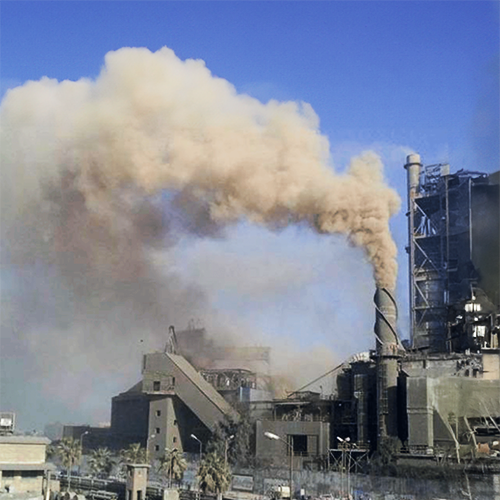
Atmospheric Particulates: Origins and Classifications
Understanding Dust and Aerosols in the Air

Dust particles in the atmosphere arise from a wide variety of industrial activities. As well as the size and chemical composition, which can vary depending on the process. Coarse particulates can be regarded as those with a diameter bigger than 2.5 m (e.g., PM10–10 m) and fine particles less than 2.5 μm (PM2.5). Under moist conditions, particles attract water vapor and agglomerate to form small droplets. The term 'aerosol' is often used for both solid particles and droplets suspended in air.
Artificially Generated Particulate Matter: Sources and Composition
The Different Origins of Man-made Airborne Particles
Chemical reactions
Chemical reactions of gases that can result in the production of small particles which grow relatively quickly by coagulation

- Sulfates are formed from the atmospheric reaction of sulphur dioxide (SO2) derived from industrial processes.
- Nitrates are formed from the oxidation of nitrogen dioxide (NO2) to form nitric acid which can then react to produce nitrates.
- Ammonium containing aerosols result from reaction of ammonia (NH3) emissions with acidic gases.
- Organic aerosols result from gas-phase oxidation processes emit volatile organic compounds (VOCs).
Combustion processes
Combustion processes which directly emit fine particles

- Carbon containing particles (soot) are emitted from the combustion of carbon-based fuels (coal, oil, natural gas).
- Particles containing heavy metals are emitted from a wide variety of industrial sources.
- Fly-ash particles are emitted from high-temperature combustion of coal.
Mechanical processes
Mechanical processes that produces relatively coarse particles

- metal-containing particles come from milling and grinding sources.
- cement and fertilizer dusts come from factories and are directly emitted.
Consequences of Particulate Matter Emissions
Understanding the Complex Interplay and Global Impact of Particulate Matter Emissions
Chemical reactions of acidic SO2 and NOx with alkaline NH3, which are emitted by the industry, also occur on the surface of existing particles. These reactions lead to substantial mixing between the different pollutants contained in particles. Hence, after a lifetime of several days in the atmosphere, an individual particle might contain both water-soluble components (e.g., sulfate, nitrate, and ammonium) and insoluble components (e.g., carbon, heavy metals, or soil).
The rates at which particles are removed from the atmosphere depend strongly on their size. Large particles deposit rapidly near their source by gravitational settling, while very fine particles also deposit relatively quickly because they are mobile. Particles in the intermediate size range (0.1–2 μm) deposit slowly and can therefore be transported over long distances between different countries and continents.
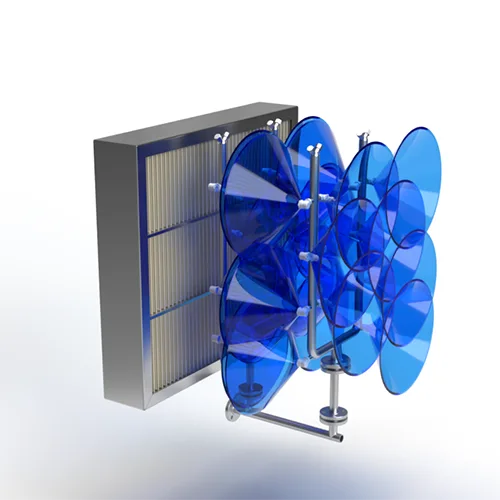
Wet Gas Scrubbers
Ravebo's Custom-Engineered Gas and Dust Scrubbing Solutions

Ravebo designs wet gas scrubbers, dust scrubbers, odor scrubbers and various droplet separation systems in-house with a team of engineers. Each system is fully tailored to the specific requirements of the relevant process, in consultation with the customer. Ravebo builds both vertical columns and horizontal flow scrubbers. The systems are visualized in advance using an Inventor package, where everything is implemented in 3D presentations (Autodesk Inventor) in the customer's production installation. This method has the enormous advantage that the lead time and costs are low, and the end result is already visible at the quotation stage.
Ravebo can supply the installation as part of a total project, but it is also able to tackle the entire project turnkey. This means that not only is the scrubber delivered, but it is also installed, connected, and commissioned. The installation can be supplied with complete piping, switch cabinets, controls, pumps, fans, and all additional accessories. The scrubber can be equipped with a PLC control that is programmed by our own engineers and can be implemented on location.
Open spray systems operate based on the difference in velocity potential between liquid droplets and the incoming gas. The liquid is pumped with moderate pressure through nozzles with the objective of getting a homogeneous droplet distribution and an equal spray pattern. The droplet size is especially important, since ultrafine droplets have a particularly large surface-to-volume ratio. The exceptionally fine droplets create a fine mist, which results in an efficient capture of particles. The spray absorbers operate relatively simply, are very maintenance-friendly, and have fairly low energy costs.
Open spray absorbers have a minimal pressure loss and are virtually insensitive to contamination, which normally causes a larger pressure difference. The scrubber works according to a closed-loop pump system in which the washing liquid is pumped from the buffer.
The spray system consists of multiple removable spray lances with spray nozzles, some of which are co-current and some of which are counter-current. The positioning of these spray nozzles in the scrubber is of the utmost importance for optimal gas treatment because they absorb dust particles because of the intensive contact between the washing fluid and the process gas. The clogging-free tangential nozzles create fine droplets with a homogeneous spray pattern to capture as many dust and gas particles as possible. Optimal contact of fine liquid droplets with gases and (dust) particles will lead to a high absorption of polluting particles and gases. This type of scrubber is very suitable, among other things, for irregular concentrations (peak discharges), which will largely be absorbed by the countercurrent washing principle.
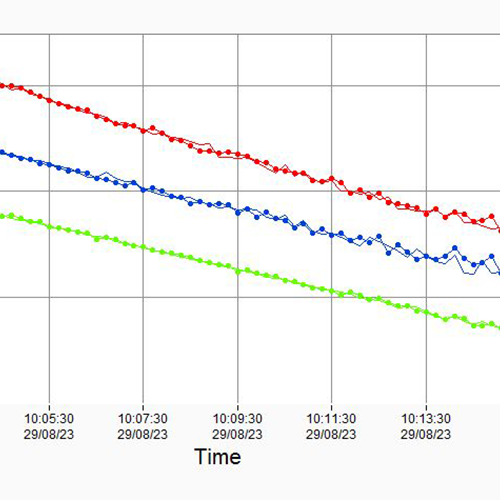
Particle Size and Mass Determination
Optimizing Scrubbers: The Critical Role of Particle Size and Distribution Analysis

A scrubber, odor scrubber or knock-out drum can be optimally laid out when the input conditions are fully known. This is almost never the case, for various reasons. The composition of the gas can be determined relatively easily by taking samples. Particle size determination, on the other hand, is much more complicated. The same obviously applies to existing installations; however, this is about returns. A difference in mass can only be determined by taking samples before and after the scrubber. The associated particle size is also almost never known here. In order to be able to make a somewhat reliable statement about scrubbers in general, research must be carried out into the number of particles present in the gas and the particle size distribution.
The particle size determination is carried out with a so-called aerosol spectrometer. This spectrometer provides direct information regarding the number of particles and particle size distribution. Based on this data, the mass can be calculated so that a complete picture is created with regard to any (dust) particles that may be present.
The measurement is performed isokinetically, with the air acceleration at the nozzle tip being matched to the air velocity of the gas in the duct. This results in a very accurate measurement, as the particle size distribution and the number of aspirated particles correspond exactly to the conditions in the channel.
Game-changing benefits
Discover the game-changing benefits of scrubbers and propel your business forward with our free whitepaper download.
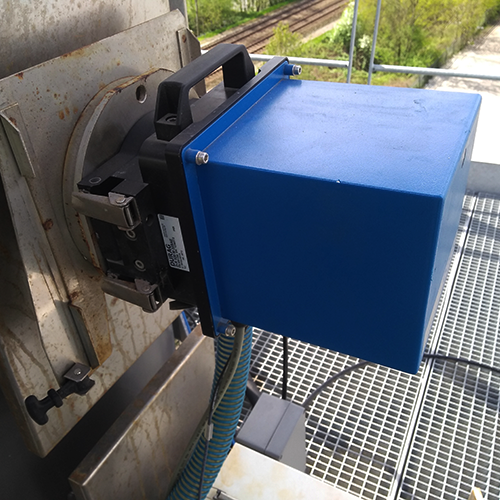
Particulate Analyser
Advanced Particulate Measurement Solutions by Ravebo: Ensuring Cleaner Air and Process Optimization

Ravebo specializes in the supply, installation and services of sampling and analysis equipment for measuring dust in gas. We can fully support you in the fields of engineering, delivery, installation, commissioning, service, and calibrations. Within the areas of process measurements and environmental measurements of aerosols and dust, we are specialists in offering the right measurement solutions.
Our analyzers and detection systems are widely used for monitoring processes and determining emissions to the environment. With good and reliable measuring installations, you get the right data and knowledge of the processes to optimize them for more efficient production and the minimization of the burden on the environment and working environment.
Customer-specific solutions such as continuous online dust monitoring and complete data acquisition and processing. Dust sampling in ambient air is often done by or on behalf of governments. The best known is particulate matter sampling in accordance with EN 12341 as part of the reference method for the determination of PM10 and PM2.5 in ambient air. Ravebo B.V. supplies and advises on these applications. Regarding sampling equipment: measuring heads, sampling pumps or systems, and flow calibrators. We can maintain the supplied equipment for you and carry out the service, but we can also provide you with the necessary training and supply parts so that you can also implement this within your own organization.
Various measuring principles are applicable for stationary dust measurements in the production process or in the emission stream. Dust concentrations are expressed as mass per unit volume. Online dust measurement systems essentially provide derived measurements for dust concentration. No actual mass concentration is measured, but it is determined on the basis of light scattering, optical particle counting, or the triboelectric effect.
A frequently used detector in process and emission flows are the probes that work on the basis of a triboelectric effect. These probes are extremely suitable for checking filters. If a filter does not function because it breaks through or is defective, an increase is immediately noted. In a number of situations, the dust concentration can also be monitored very well with this measuring principle.
The measurements of dust concentrations often work using an optical measuring principle. There are three optical principles: Opacity measurement, nephelometry (light scattering) and optical particle counting. During the opacity measurement, a certain wavelength of light is emitted and detected directly opposite it. The dust ensures that not all light reaches the detector, and thus an indication of the dust concentration can be obtained. When a measuring cell with a fixed volume is used in which the "scattering" of the emitted light is determined at a certain angle, this is called nephelometry. This can be further optimized for systems that measure each particle individually, so-called optical particle counting.
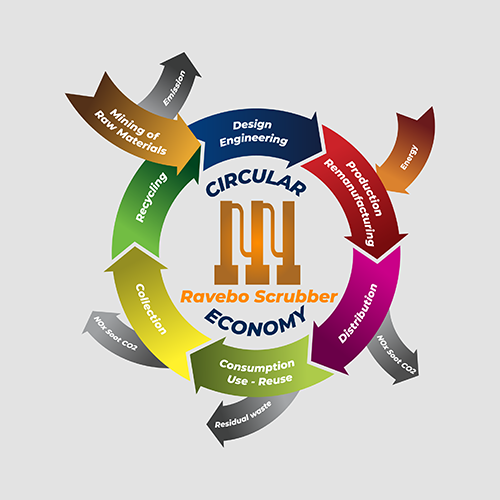
Recycling
The Crucial Role of Mineral Recycling in Protecting Earth and Conserving Resources

Have you ever noticed how many minerals are mined every day, and what damage this causes to Mother Earth? The demand for raw materials grows day by day, and therefore the exploration of minerals expands continuously. This means more digging, transportation, processing with high energy consumption. And more importantly, how many minerals could be recycled?
Recycling minerals is needed to save energy, money, raw materials, and natural resources. It also helps to reduce landfill use, waste incineration, and also save time required for mining of valuable minerals. As demand for minerals is increasing rapidly, it is very important to see that not a bit of minerals is wasted. Particularly with increasing industrialization the importance of mineral recycling becomes more relevant.
Minerals chain of recycling is collecting, separating, and reuse valuable materials from waste products and components to extend their useful lifetime. The core ambition of recycling minerals is to decrease the requirement for new material which is leading to rapid resource depletion.
Get in touch with our scrubber specialist
Boost your syngas processes with our advanced wet gas scrubbers. Our specialist is ready to guide you towards efficiency, productivity, and environmental compliance. Connect with us now for expert advice, custom solutions, and quick responses. Let's find your perfect scrubber solution today.
